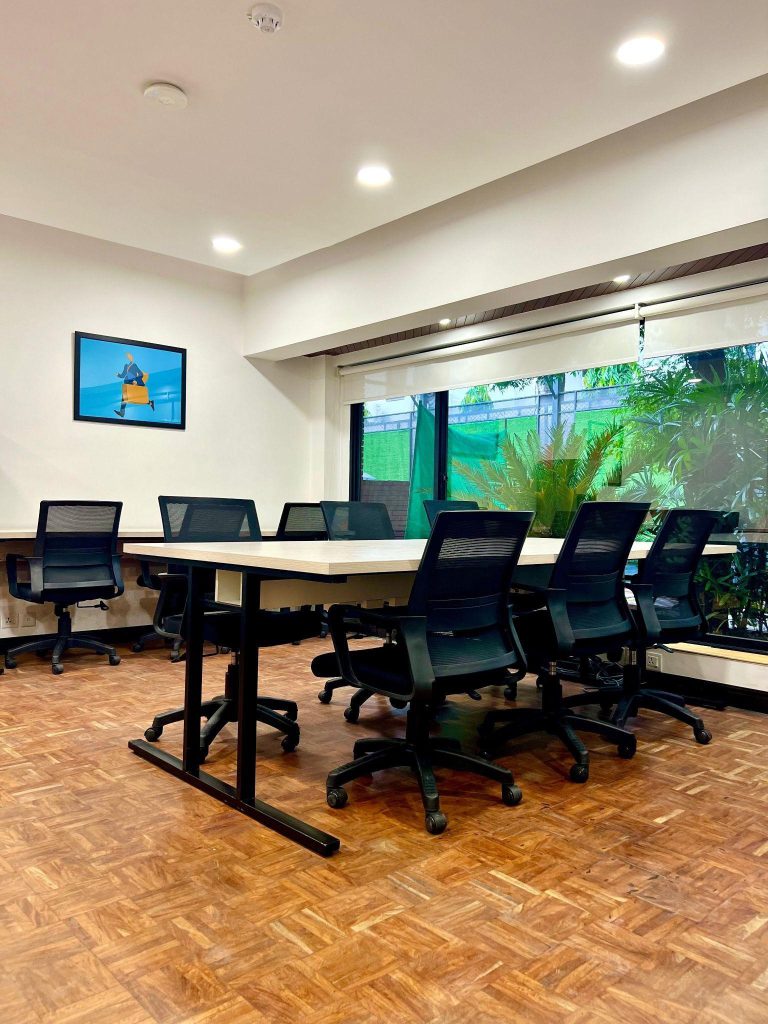Are Coworking Spaces Profitable in 2024?
Coworking spaces have developed in the last few years as traditional office environments became increasingly costly and the need for dynamic, flexible work settings has emerged.
Today, coworking spaces introduce fresh changes and innovations following alterations in work patterns and economic factors by 2024. The question now is: critically, are coworking spaces viable in 2024? This blog explores the profitability of coworking spaces and what factors contribute to their financial success.
Why Coworking Spaces Are Thriving in 2024
Businesses in 2024 are more concerned with cost reduction, space management, and employees well-being. Coworking spaces ideally meet these needs through their adaptability. This makes them suitable for new businesses, small-scale businesses, independent workers, and even large companies who wish to cease formal offices.

Coworking Resources shows that the global coworking market is expected to expand at a staggering rate of 21%. The 3% increase from 2022 to 2027 indicates a lot of demand for these spaces.
Factors Driving Profitability
1. Location Matters
Several vital points must be considered when evaluating the profitability of coworking spaces, one of which is location. Office spaces within the central business areas or the easily accessible zones stand better chances of landing better clients, from freelancers to small firms. Accessibility contributes to the value of location, making it easier to charge high fees and emanating prestige.
2. Flexibility is Key
Another major factor contributing to profitability is the flexibility that coworking spaces offer. Most businesses are now interested in long-term leases, especially in uncertain economic times. Research carried out by JLL Research reveals that over 30% of office space will be flexible by 2030. Hence, long-term leases, hot desks, and private offices make it possible for coworking spaces to suit businesses of different sizes.
3. Diverse Revenue Streams
Co-working centers profit not only from desk leasing fees. Most provide extra facilities like meeting space, virtual offices, conference rooms, and event-organizing facilities that give multiple product touch points. However, some also have strategic affiliations with various regional companies to provide discounts to members and increase the value proposition.
It observed that increasing service offerings like dedicated offices and other business facilities, such as internet, printers, and wellness rooms, can increase revenue by 40%. This diversification of offerings enables working spaces to remain profitable as they target the needs of today’s modern workers.

Challenges to Profitability
Even though coworking spaces have many benefits, they also have some challenges. Increased competition, economic risk factors, and client demand shifts affect profits.
-
Economic Instability
At this time, though, companies are reducing their expenses in office space, which could minimize occupancy in coworking spaces. Thus, the possibility of transforming these spaces in such ways is both a benefit and a drawback. Short-term leases allow clients to be as flexible as needed; however, this would create problems for the working space operator regarding sales and revenue.
-
Increased Competition
The co-working space market is now very saturated with many operators, leading to competition for market share of the clients. However, for the spaces to attract clients, they must provide additional services and designs at reasonable rates compared to other facilities. Hence, sustaining the profitability may involve massive capital investments in infrastructures and other advertisements.
-
Maintaining Client Retention
Another issue that affects the provision of coworking spaces is client retention. Occupiers may only require short-term leases, and very often, freelancers and small businesses populate the area, so everyone changes all the time. As a countermeasure, more effort has to be put into establishing the operator-based community, providing value-added services, and maintaining relatively high customer satisfaction.
The Profitability Outlook for 2024
However, these challenges still give a bright outlook for coworking spaces in 2024. Coworking has been considered a rapidly advancing industry at the global level, with increased awareness among businesses and individuals regarding flexible office spaces. According to a report by IBISWorld, the coworking space market in the United States alone is poised to generate $11 billion in annual sales by the end of 2024.
In other words, coworking space operators can remain highly profitable as more companies transition to hybrid work and the need for flexibility increases. The best thing that operators should consider here is providing flexible services that will suit the needs of their clients under their specifications.

Conclusion
Are coworking spaces profitable in 2024? The answer is yes—provided they adapt to market changes, offer flexible solutions, and focus on customer satisfaction. The versatility of remote and hybrid working and the need for flexibility in the working stations make the coworking space lucrative. Understanding the main factors on which coworking spaces can build their further growth, it is possible to focus on the features of their functioning in the clarified aspect: location, flexibility of working conditions, and amenities. Whether you’re a freelancer or a growing business, choosing a suitable coworking space, like QuickOffice, can make all the difference in your productivity and long-term success.

